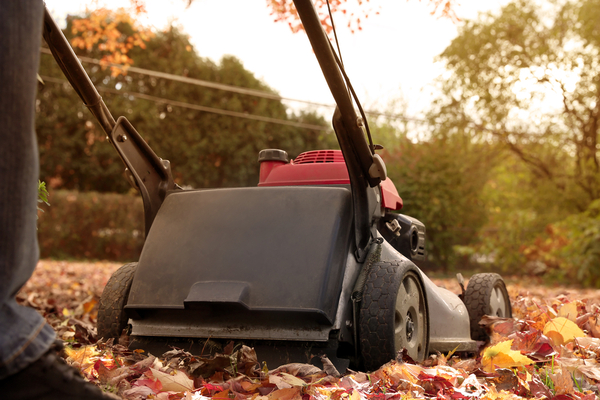As the middle month of autumn, October is a great time to attend to not only indoor, but outdoor home maintenance tasks as well. Daylight saving time doesn’t end until a week into November, so there is enough light for an outdoor chore or two after work, especially on a day when clouds don’t darken the sky prematurely. Here are three to-do’s to get done before the month is over.
Pack up your Patio Gear
Depending on where you live, outdoor dining season may be coming to a close. Clean your grill thoroughly and empty the pan where grease drips before you move the grill indoors or cover it for the winter. Don’t bring the propane canister indoors, though; if the valve leaks even a little, it could lead to an explosion. Also clean outdoor furniture before you store it or cover it for the winter. If you plan to leave it outdoors and uncovered for use when the sun’s out, it still makes sense to clean it now. Clean surfaces are far less likely to become covered with mildew, which can feed on grease and other smears.
Mow the Fallen Leaves
Fall foliage peaks this month, and about a week after that happens, you can count on the leaves to start wafting down. Piles of leaves can smother a lawn, so many homeowners pull out rakes and leaf blowers and stuff the leaves into bags as yard waste. But there’s an easier, better solution: Mow the leaves to break them up, then leave the chopped bits on the lawn. (Take the grass catcher — if you use one — off the mower first.) The small pieces will settle between grass blades and gradually break down. Even Scotts, a company best known for its lawn-care products, now recommends mulch-mowing leaves, based on research that shows it works. Scotts suggests following up with a high-nitrogen fertilizer to speed leaf decay, but you can also skip that and let nature do the job over the winter.
Winterize Outdoor Faucets
When water freezes and thaws in an outdoor faucet, it can burst pipes and cause thousands of dollars of water damage. If you have frost-free faucets, you can prevent this simply by disconnecting hoses. Water will dribble out, draining the faucet and the pipe that connects it to a main valve inside the basement or other frost-protected place in your house. (Leaving a hose with a nozzle would prevent this by keeping water pressurized.) If you don’t have frost-free exterior faucets, you’ll need to make a couple of trips in and out to remove hoses, shut off exterior supply lines (look for a lever handle with a bleed cap in the basement ceiling or near the main water shut-off), open faucets and, finally, drain bleed caps. To save the back and forth, consider hiring a plumber to retrofit your outdoor faucets to the frost-free type.
—
Photo Credit: Saklakova / Shutterstock.com
